Macondo Expedition: The first step of the Greater Caribbean Regional Tourism Corporation

Santa Marta, the epicenter of culture and tourism in northern Colombia, was the setting for the meeting that marked the beginning of an ambitious effort to coordinate and consolidate tourism development in the Colombian Caribbean: the formation of the Greater Caribbean Regional Tourism Corporation (Corpretur Caribe) and the implementation of the Macondo Expedition, a territorial and cultural journey that has already visited more than 23 municipalities.
The event, held within the framework of the Ibero-American Tourism Forum, brought together business leaders, government representatives, and community leaders from various coastal departments to lay the foundation for this public-private partnership . This initiative seeks to consolidate the Caribbean as an international multi-destination tourism destination with a biocultural, sustainable, and inclusive narrative.
The Macondo Expedition: A Tour of the Diversity of the Caribbean 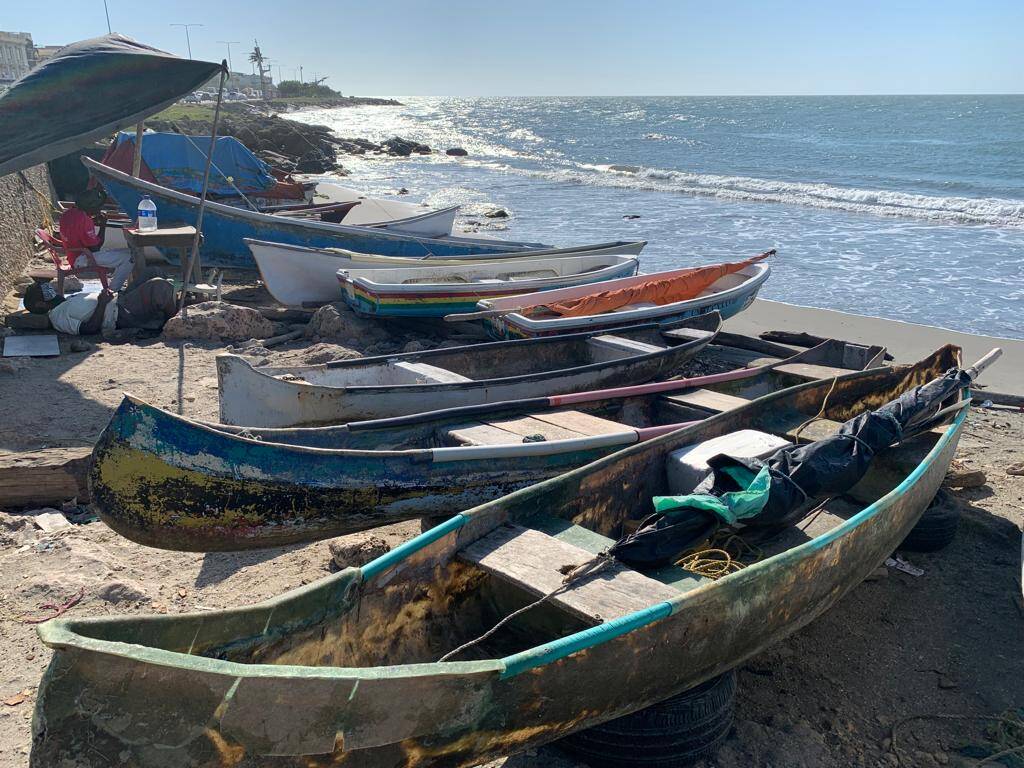
Cartagena fishermen. Photo: John Montaño/ EL TIEMPO
The Macondo Expedition is the heart of the project. From La Guajira to Urabá in Antioquia, passing through emblematic cities such as Santa Marta, Barranquilla, and Cartagena, this journey has connected communities, entrepreneurs, and authorities around a common goal : promoting tourism as a driver of economic, social, and cultural development.
"This is a commitment to regional integration and the international positioning of the Colombian Caribbean, recognizing our cultural, gastronomic, natural, and historical wealth," explained Jesús Amador, designated executive president of Corpretur Caribe. "We want to leave behind isolated dynamics to build a joint vision that benefits all stakeholders in the region."
Institutional support and business backing 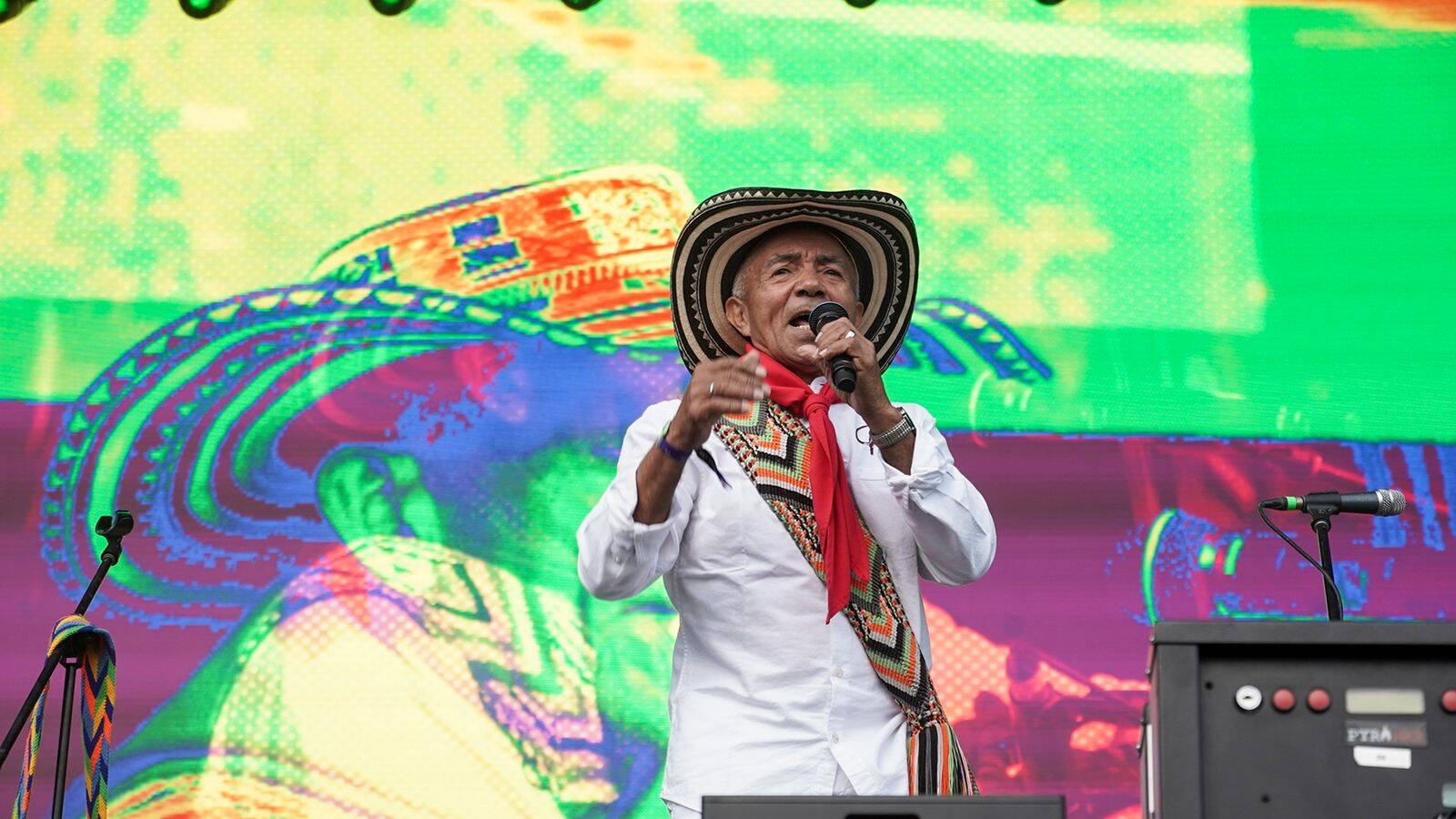
Bagpipers from San Jacinto (Bolívar). Photo: Sebastián López
The creation of Corpretur Caribe has received strong support from the national government. Entities such as the Ministry of Commerce, Industry, and Tourism (MINCIT), the Ministry of Culture, FONTUR, ProColombia, and Artesanías de Colombia have actively participated in technical roundtables and support processes. Adriana Mejía, general manager of Artesanías de Colombia, even personally attended the meeting to express the institutional commitment to this regional initiative.
A mixed structure will allow us to build a more participatory and effective governance, with real representation of those who are part of the daily life of tourism in our territories.
ProColombia, through its Vice President of Tourism, Luis Alejandro Dávila, highlighted the importance of the project. “We are witnessing the first multi-destination route with a regional focus coordinated with the National Government. The 2- to 16-day routes proposed with the Macondo Expedition will showcase the best of the Colombian Caribbean to the world,” Dávila stated.
At the regional level, the governor of Atlántico, Eduardo Verano de la Rosa, was nominated as the Corporation's first president pro tempore. His appointment was welcomed by the private and social sectors, who recognize his leadership as an opportunity to strengthen interdepartmental coordination and collaborative work with the Caribbean Administrative and Planning Region (RAP).
More than 23 municipalities are already linked 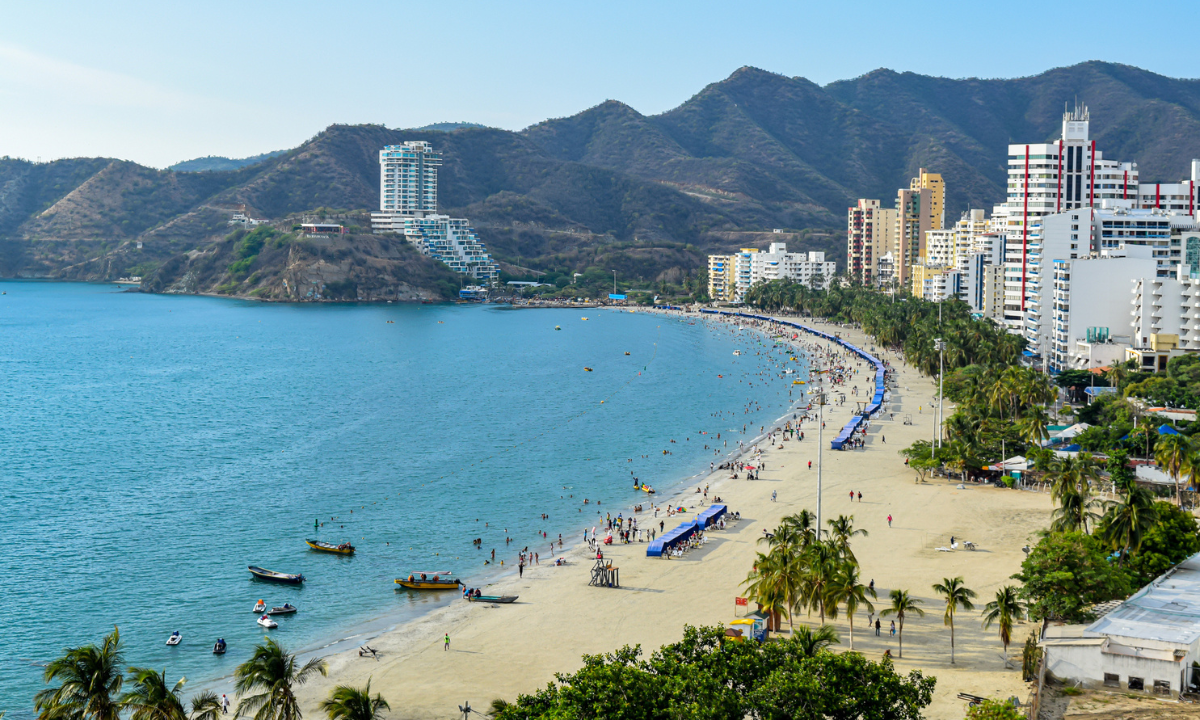
According to Kayak, Santa Marta is one of Colombia's favorite destinations. Photo: iStock
The Corporation has already assembled a broad network of partners. More than 23 Caribbean municipalities are part of the initial Macondo Expedition route: from Cartagena, Barranquilla, Santa Marta, and Riohacha to Mompox, Arboletes, San Jacinto, and Ciénaga. Each one contributes from its local identity, strengthening a diverse and complementary tourism offering.
Tourism isn't just about hotels and beaches. It's also about culture, history, traditions, nature, gastronomy, mobility, and community.
Among the organizations and companies already involved are Tayrona Ranch, Grand Turismo, the Macondo Labyrinth Theme Park, the Remedios la Bella Hotel, the Badillo Travel agency in Valledupar, the High Tour Agency in Cartagena, the Rafael Escalona Foundation, Irinsura Travels in Coveñas, and Excursiones Montes de María SAS, among many others.
The Macondo Route is not just another tourist product; it's a story about ourselves, our roots, our diversity. It's a way of telling the world who we are and what we have to offer from the local, the community, and the collective.
Even international players, such as the British consultancy firm Acorn Tourism , have expressed interest in joining this regional platform, reinforcing the initiative's global potential.
A mixed structure for an inclusive vision 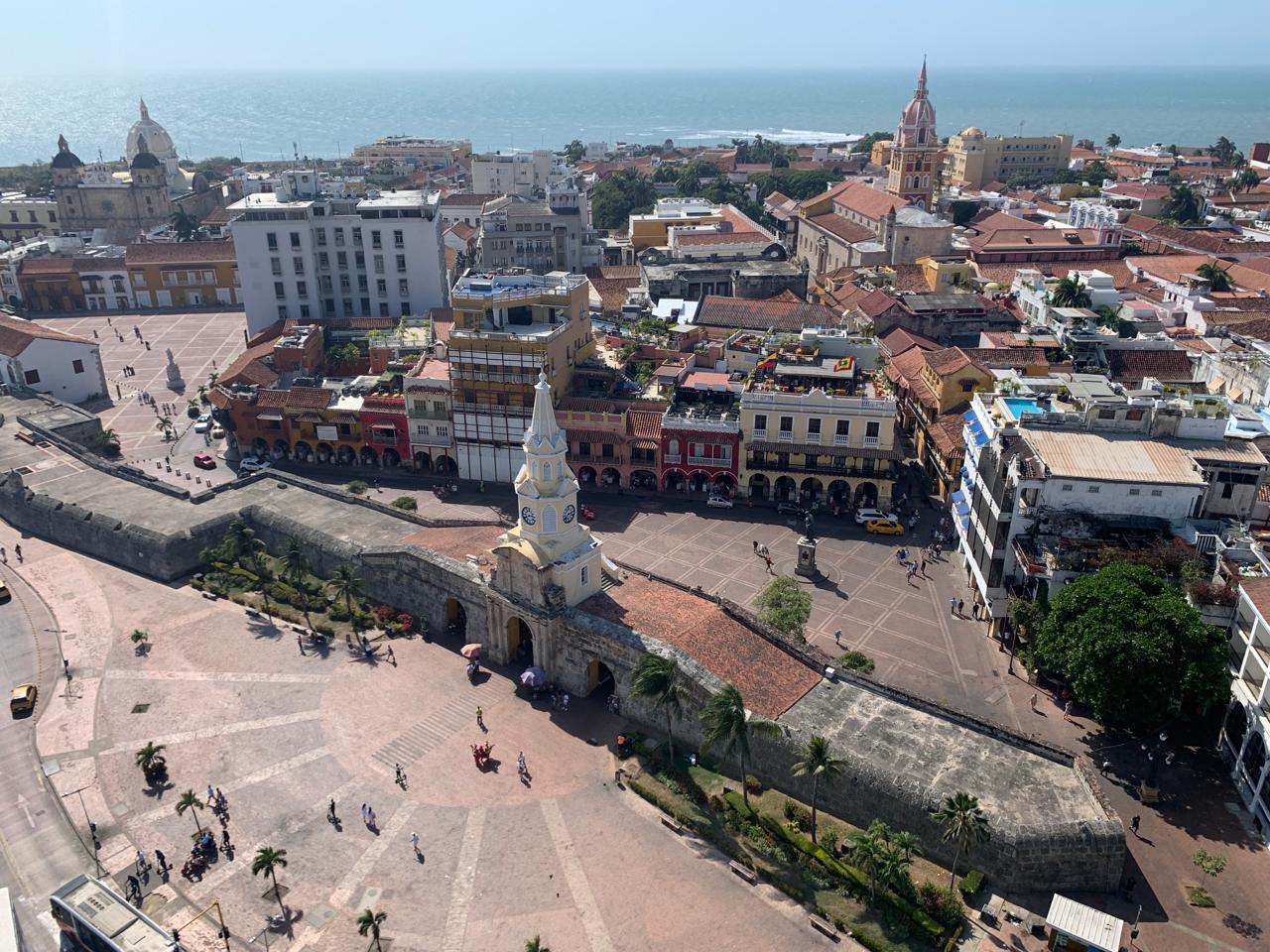
Cartagena de Indias, Historic Center. Photo: John Montaño/ EL TIEMPO
Corpretur Caribe is not a traditional trade association. Its structure is designed as a non-profit mixed corporation , with a Board of Directors in which one-third of the members represent the public sector—governorships and mayoralties—and two-thirds the private sector, including hotels, agencies, transporters, tour guides, restaurateurs, cultural associations, and training organizations.
“Tourism isn't just about hotels and beaches. It's also about culture, history, traditions, nature, gastronomy, mobility, and community. This hybrid structure will allow us to build more participatory and effective governance, with real representation of those who are part of the day-to-day tourism industry in our territories,” explained Jorge Galeano, a tourism entrepreneur from Cartagena.
In search of a biocultural and inclusive narrative 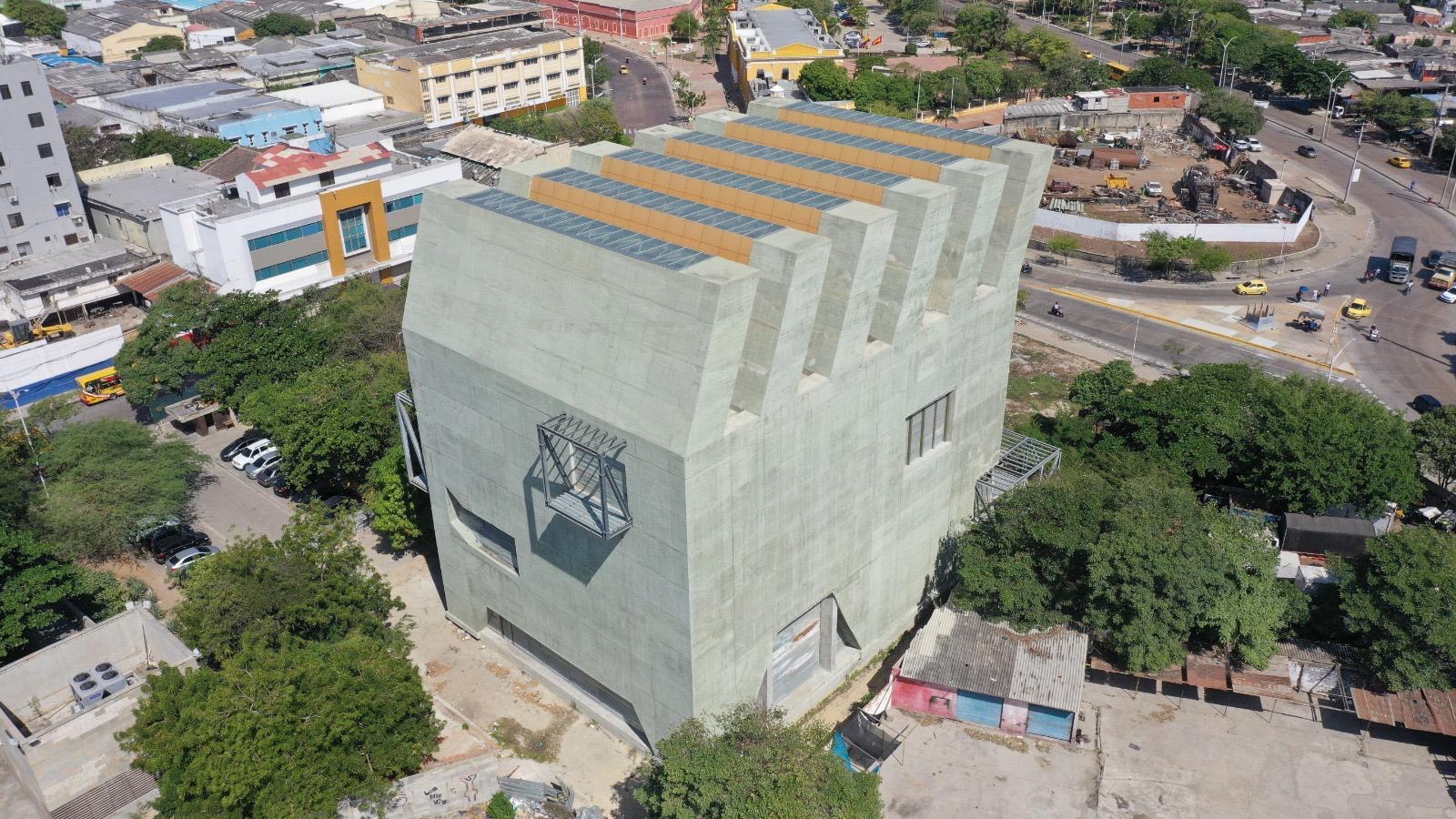
Barranquilla Museum of Modern Art. Photo: Mayor's Office
One of the pillars of the initiative is to build a tourism narrative based on the biocultural identity of the Caribbean. It's not just about attracting tourists, but also about offering authentic, sustainable experiences that respect the natural and human environment.
“The Macondo Route isn't just another tourist product; it's a story about ourselves, our roots, our diversity. It's a way of telling the world who we are and what we have to offer from a local, community, and collective perspective,” said Yamileth Becerra, a representative of a community tourism organization in San Jacinto.
Corpretur will seek to consolidate this narrative through tourism and cultural projects that strengthen regional identity, promote innovation, and generate direct benefits for local communities.
Next steps: legalization and expansion 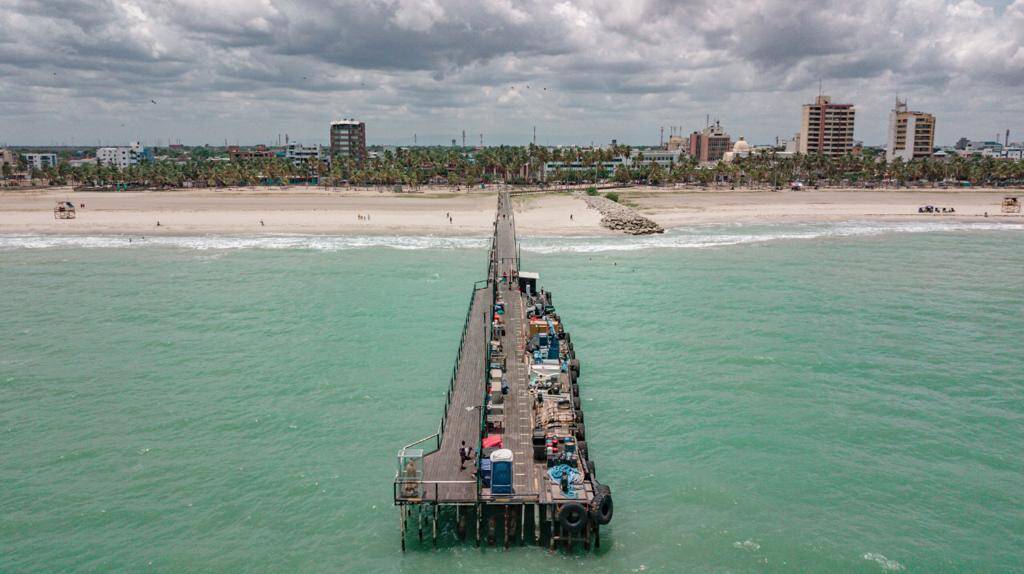
The pier, one of Riohacha's tourist attractions. Photo: Riohacha Mayor's Office Press
The corporation is currently undergoing legal formalization and expects to consolidate its legal status in the coming weeks. It plans to expand its reach to more municipalities and departments in the Caribbean , as well as establish strategic alliances with international organizations, universities, and regional cooperation platforms.
The Colombian Caribbean has taken a historic step. Now we face the challenge of staying united and planning for the long term.
Additionally, tourism infrastructure projects, business training, strengthening of cultural routes, international promotion, and digital strategies are being structured to improve the competitiveness of the Colombian Caribbean as a multi-destination.
A replicable model for other regions 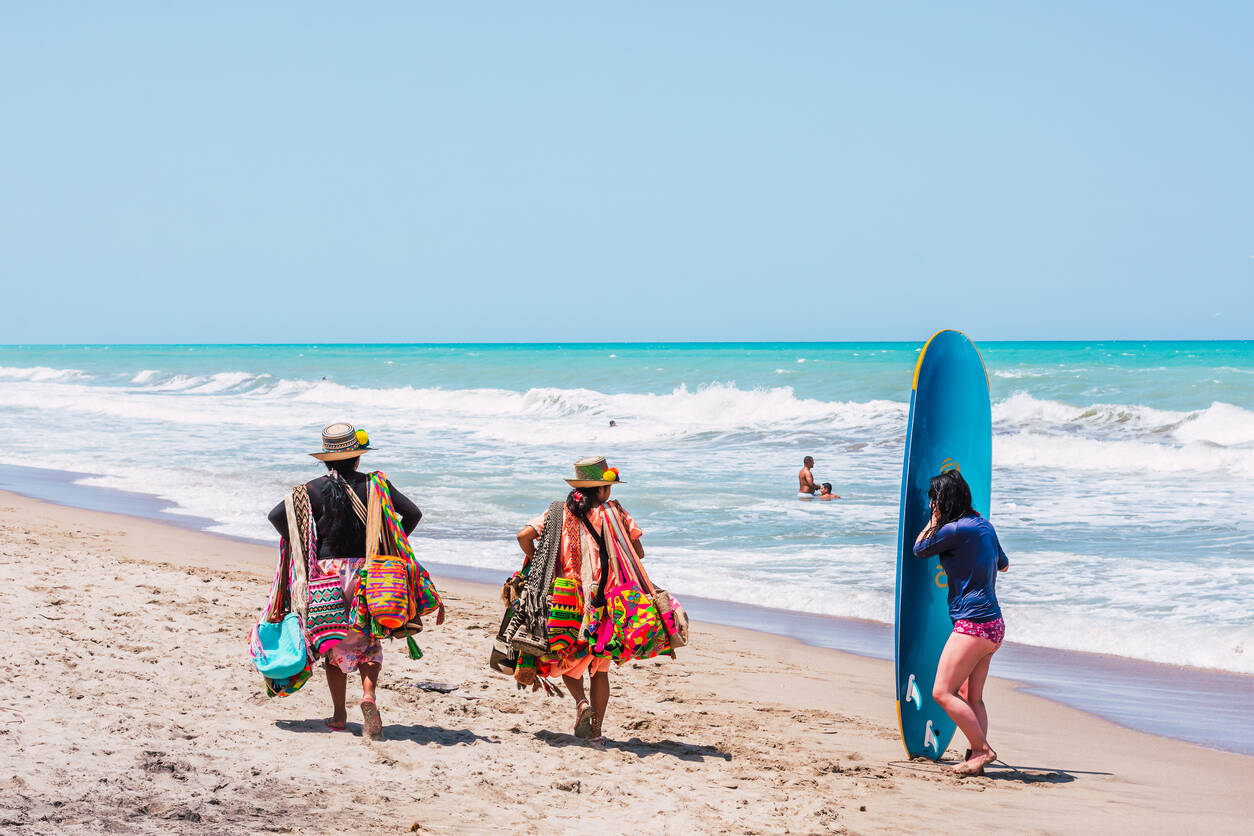
Sustainable, respectful, and nature-friendly tourism in Playas de Palomino. Photo: iStock
Corpretur Caribe is emerging as a replicable model for other regions in the country interested in strengthening their tourism in a coordinated, sustainable, and inclusive manner. By breaking down fragmentation and fostering cooperation, this corporation paves the way for tourism to become a driver of development and territorial transformation.
“The Colombian Caribbean has taken a historic step forward. Now we have the challenge of staying united, planning for the long term, and demonstrating that when the public, private, and social sectors work together, results are achieved. This is an opportunity we cannot miss,” concluded Jesús Amador.
With the support of entrepreneurs, local governments, national entities, and organized communities, the Greater Colombian Caribbean is beginning to chart a new course : one where tourism not only generates income, but also pride, belonging, and a future.
We also invite you to watch our documentary: 'Sexual Exploitation in Cartagena: Silenced Voices' 
Documentary by journalist Jineth Bedoya. Photo:
eltiempo





